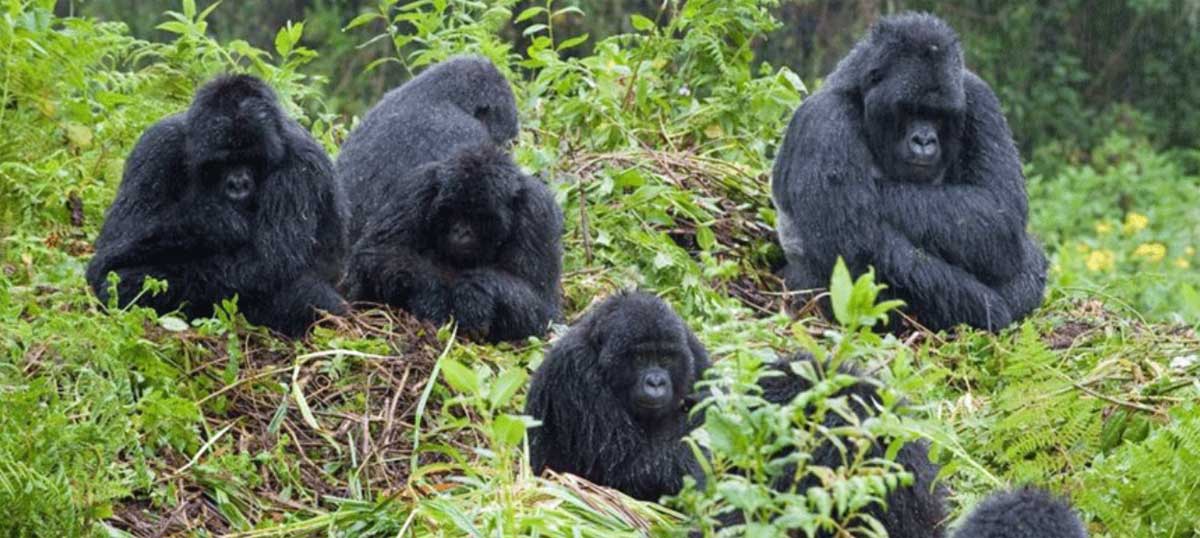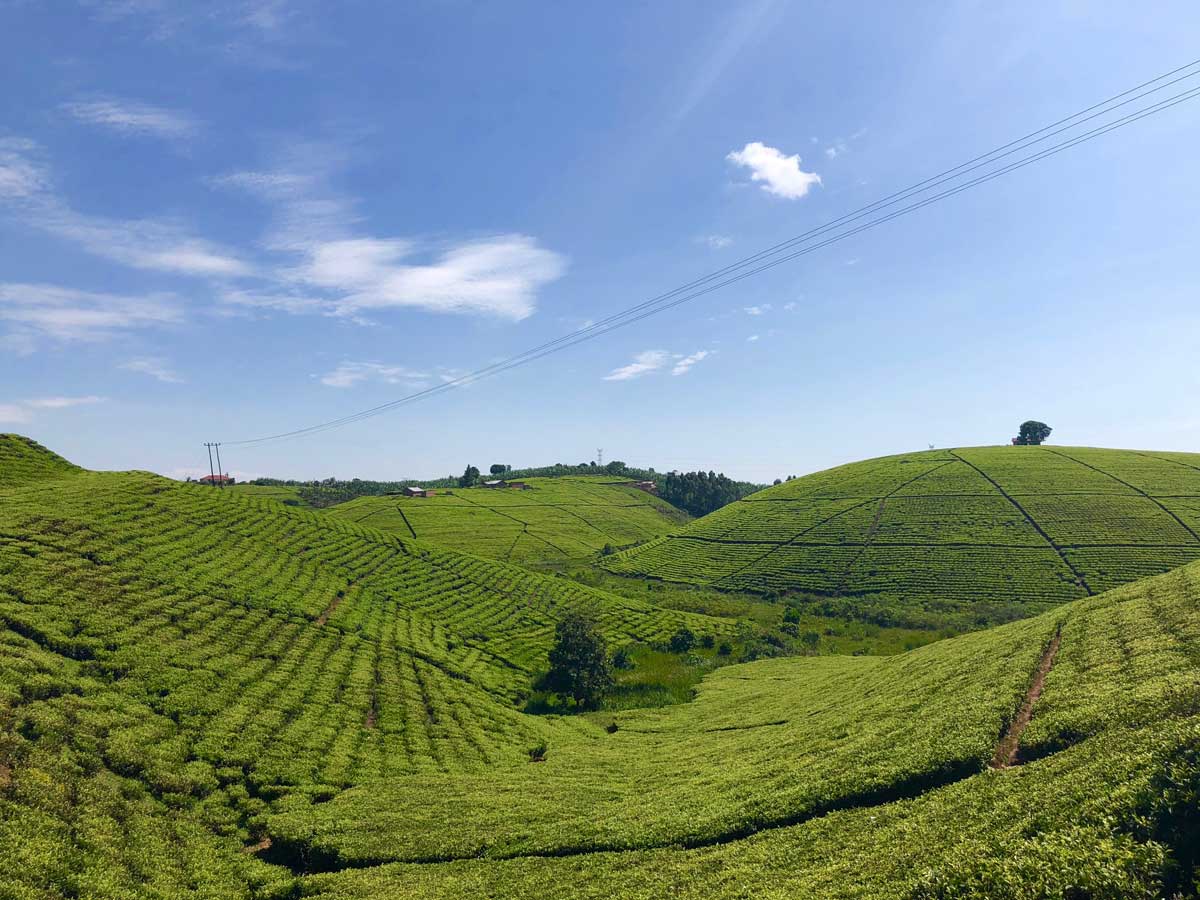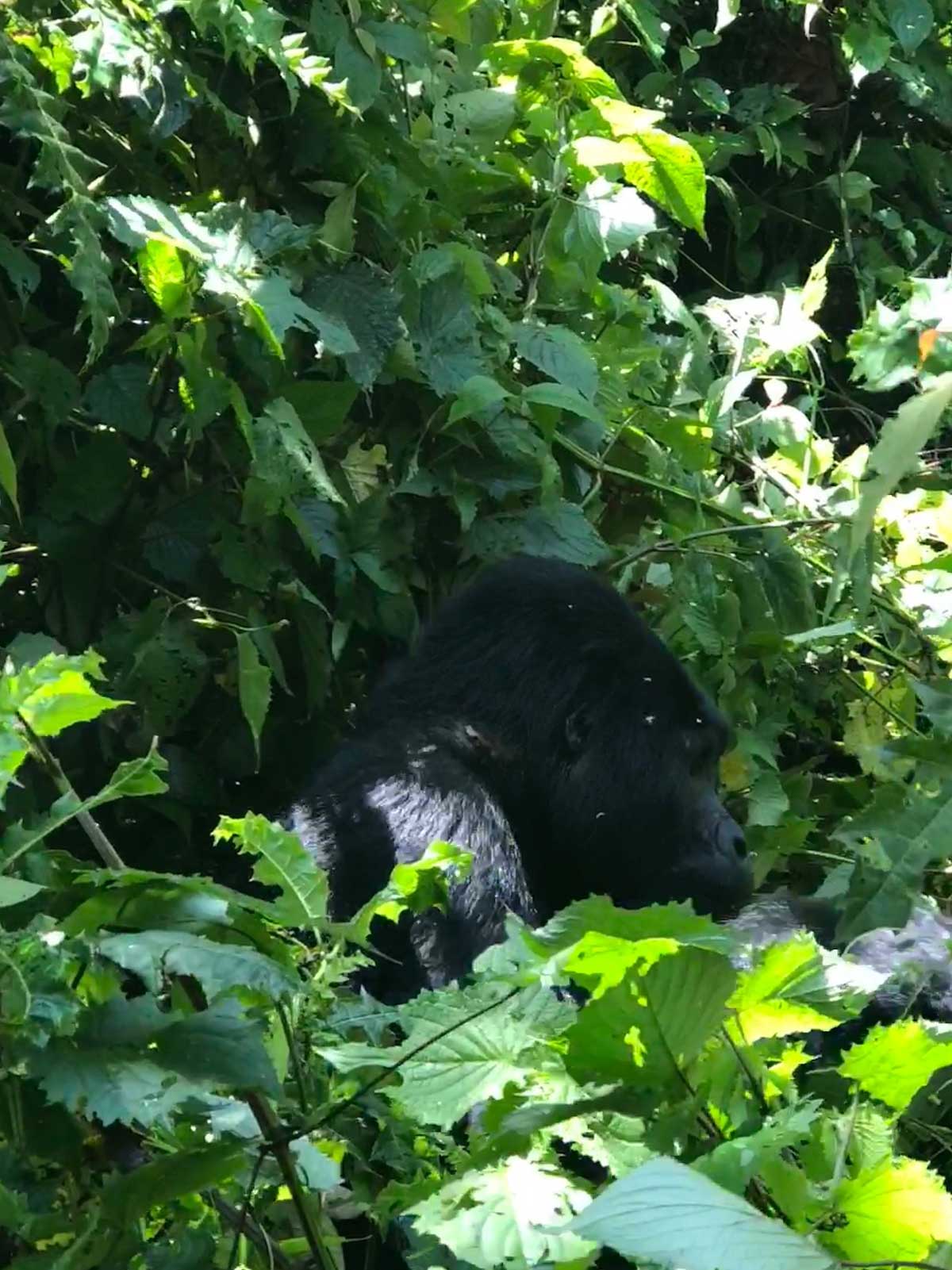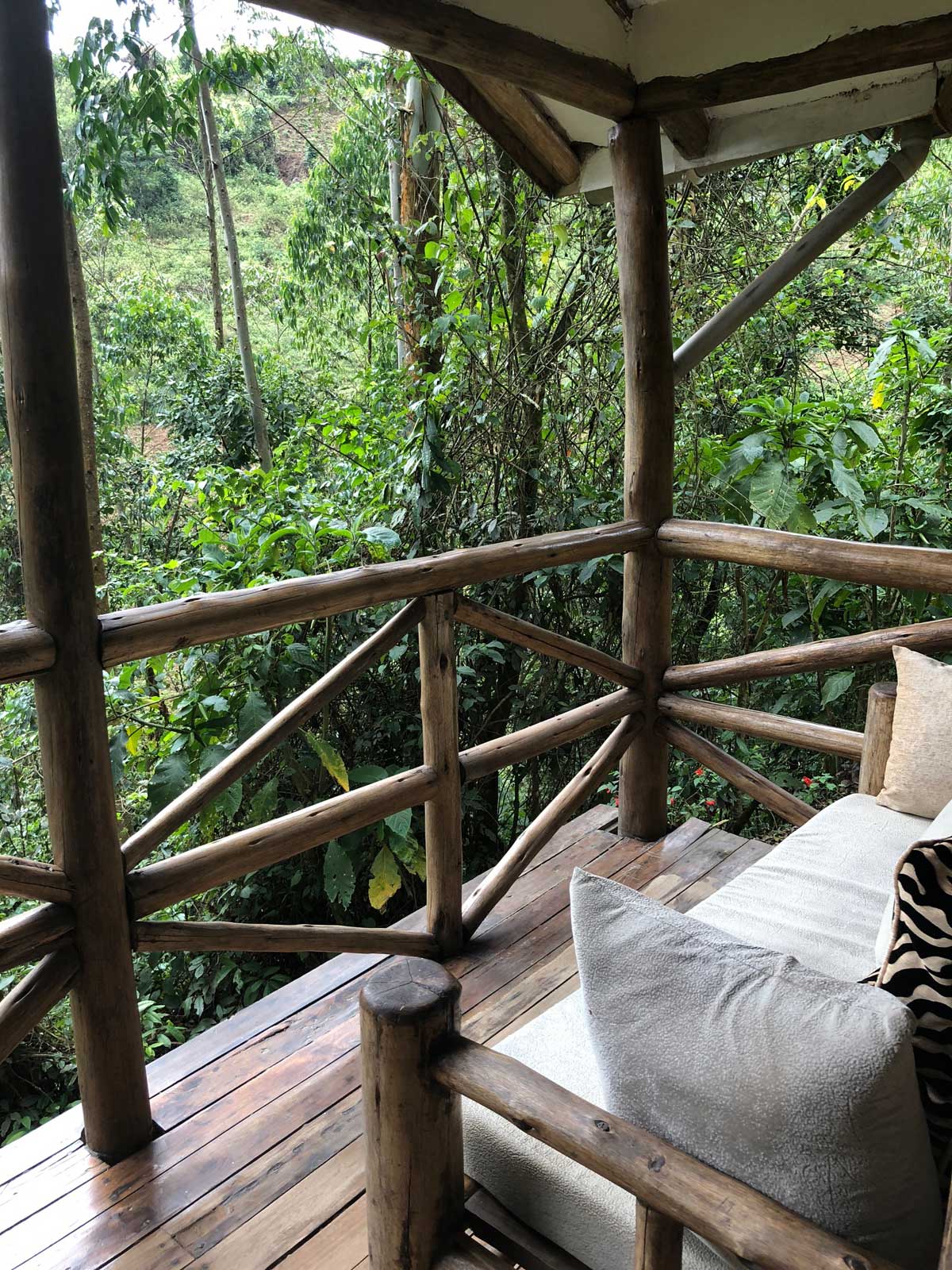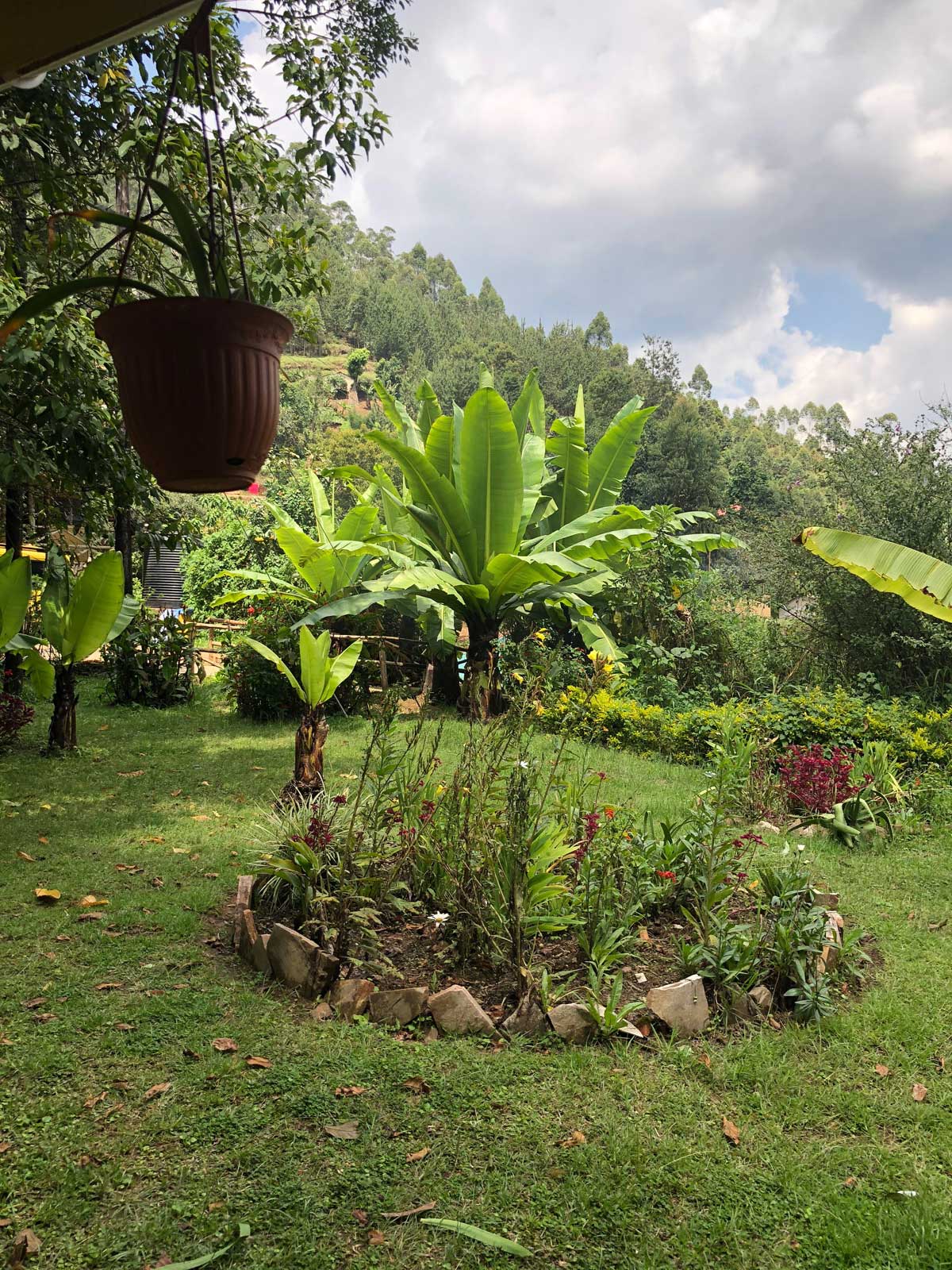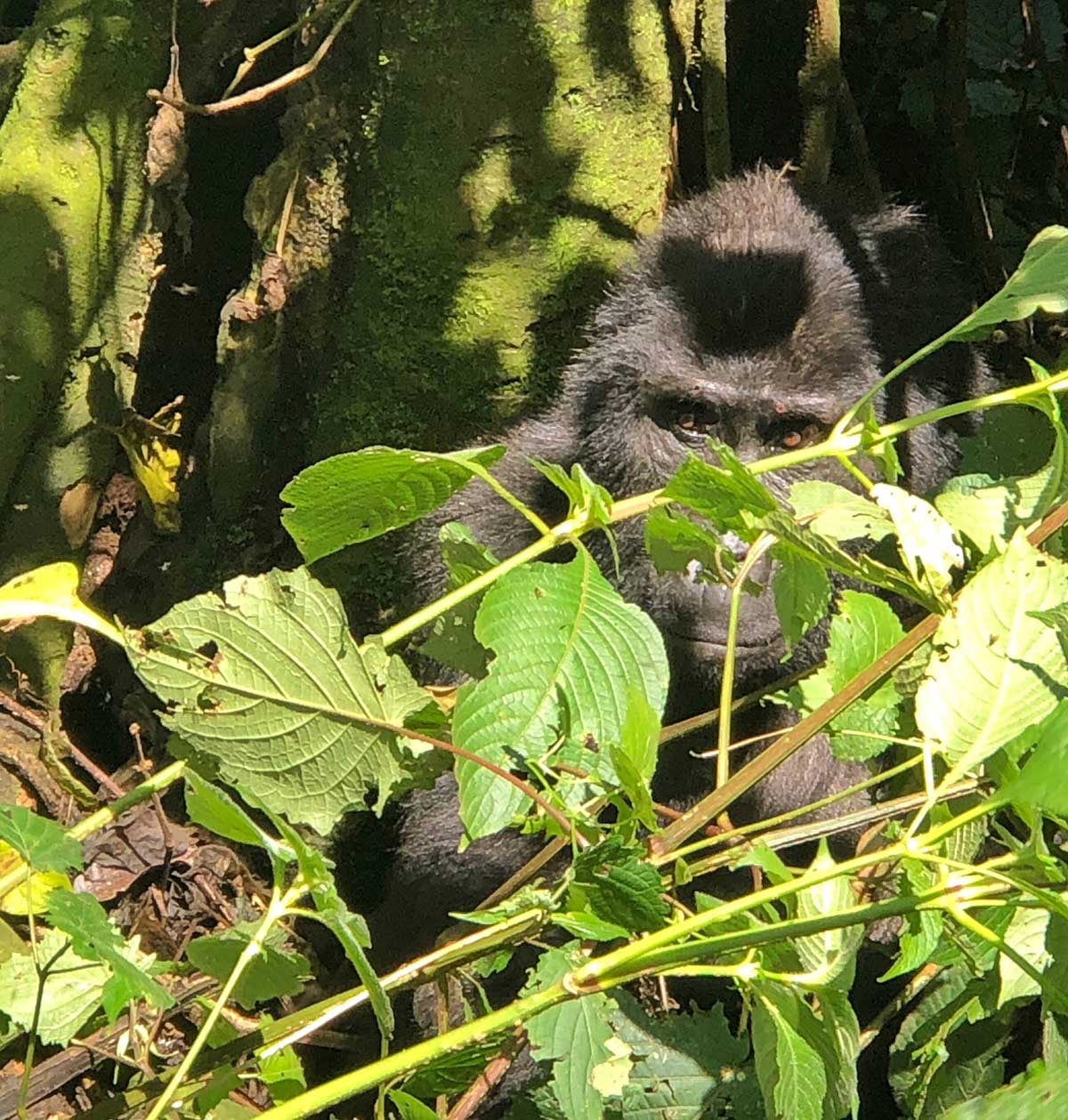Gorilla trekking in Uganda is one of the most surreal, raw and adventurous experiences of a lifetime. It’s incredible to think that in such a fast-paced, commercial western world there still exists a country with the ability to transport you straight back to the purest form of nature. Gorilla trekking aside, Uganda is a remarkable country.
Uganda is a developing country filled with humble, proud, patriotic people welcoming of tourists. They have every reason to be proud of their country. Around every corner, there are deep valleys with crater lakes, tea and coffee plantations, dense forests with mysterious elephants, banana plantations, jungles, lakes, national parks and the source of the Nile – the world’s longest river. Two other highlights include the third highest peak in Africa, a snow-capped range of mountains and the desert-like region of Mount Elgon which has a bounty of wildlife.
Uganda is tropical jungle territory with plenty of subsistence farming happening in surrounding communities – life here is tough, and most people live off the land. Produce is organic and the fertile volcanic soils of the region provide naturally fertile grounds for a variety of crops to grow. Popular crops include Irish potatoes, sweet potatoes, cabbages, mangoes, pineapples, bananas, and other fruit and veg. If you’re a coffee or tea addict, you’ll be pleased to hear that Uganda is a prime coffee and tea growing region. Don’t miss out on a strong cup of java!
Now that we’ve given you a synopsis of Uganda, and a painted a general picture for you, it’s time to start discussing gorilla trekking in the southern part of Bwindi Impenetrable National Park. There are a few things you need to know before you go.
Location: We recommend you book a few nights at a lodge outside of the Bwindi National Park where the wild gorillas dwell in absolute freedom. The price of the gorilla permit is per day and isn’t normally included in the cost of your stay. It’s advisable to stay at a lodge as close to the entrance as possible, as this buys you time in the morning. Lodges located further away can take up to two hours just to get to the entrance and briefing point, which means an early start of 5:30. Our team of explorers stayed at the Gorilla Safari lodge and it took 5 minutes to get there.
Choosing the Type of Trek: Tourists are normally assigned a driver for the duration of their stay, and prior to embarking on your adventure he will assess the group, chat to you about the hike and organise everything for you. There are easy, moderate and advanced hiking groups. Spotting the gorillas is never guaranteed, and often an easy hike can end up being a moderate one. Treks can be anything from 3 hours to 7 hours, inclusive of a full briefing and history of the park.
The Guides, Porters and Trackers: Treks are led by uniformed guides who teach you about the jungle territory. The trackers have spent plenty of time getting to know each of the gorilla families, and certainly, know how to track with efficiency! They ensure the best viewing experience when gorillas are located. Porters carry your backpack, your packed lunch and push you up the complex narrow paths smothered in lush jungle vegetation. Porters cost in the region of 15 dollars and we encourage you to hire one. By doing this you are creating employment and supporting the local community.
Time with Gorillas: The National Park only allows an hour with the gorillas. You aren’t allowed to eat, drink or use flash photography in front of these majestic primates.
Don’t skip the other things to see in this country, it has so much more to offer than just gorilla trekking in Uganda!
